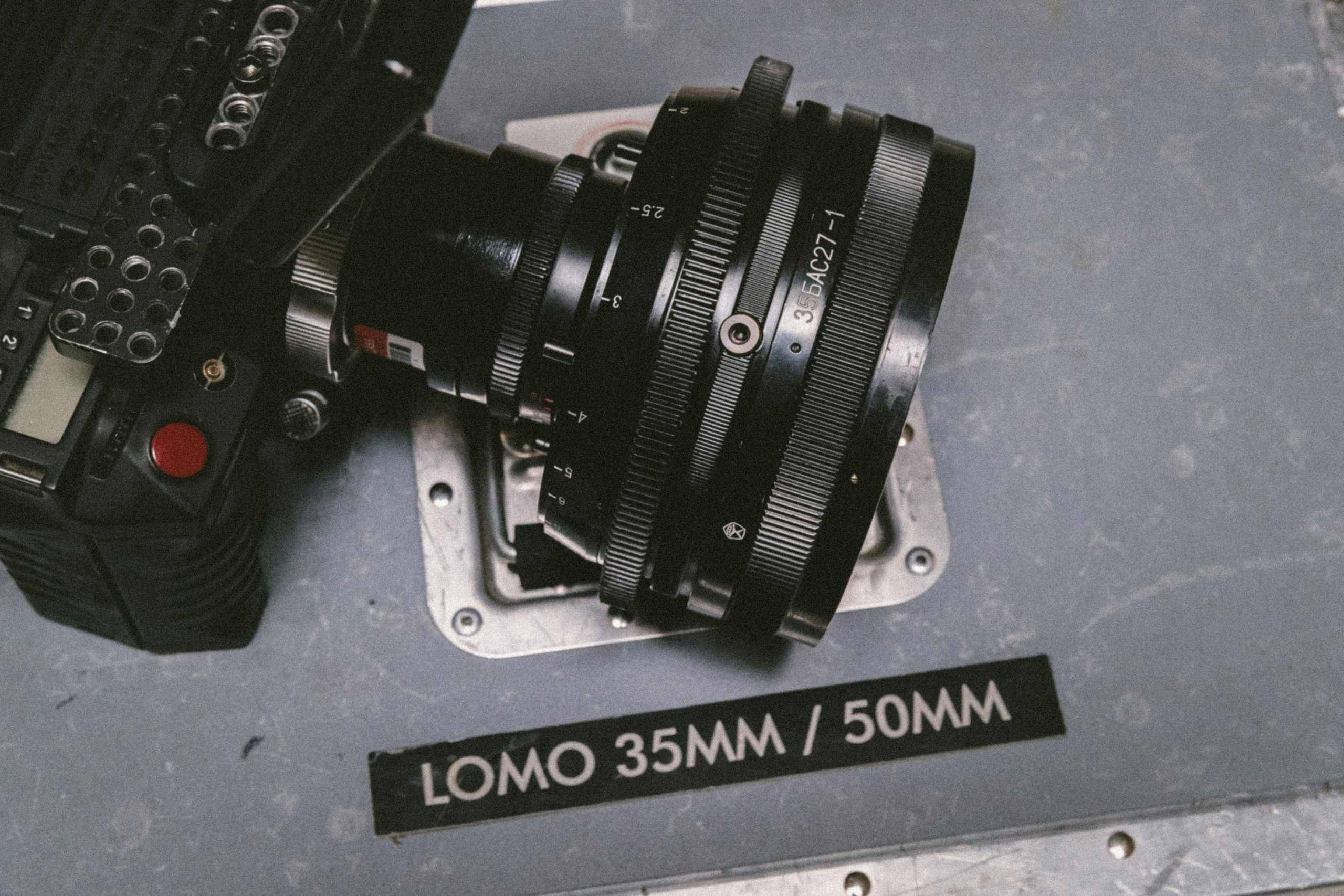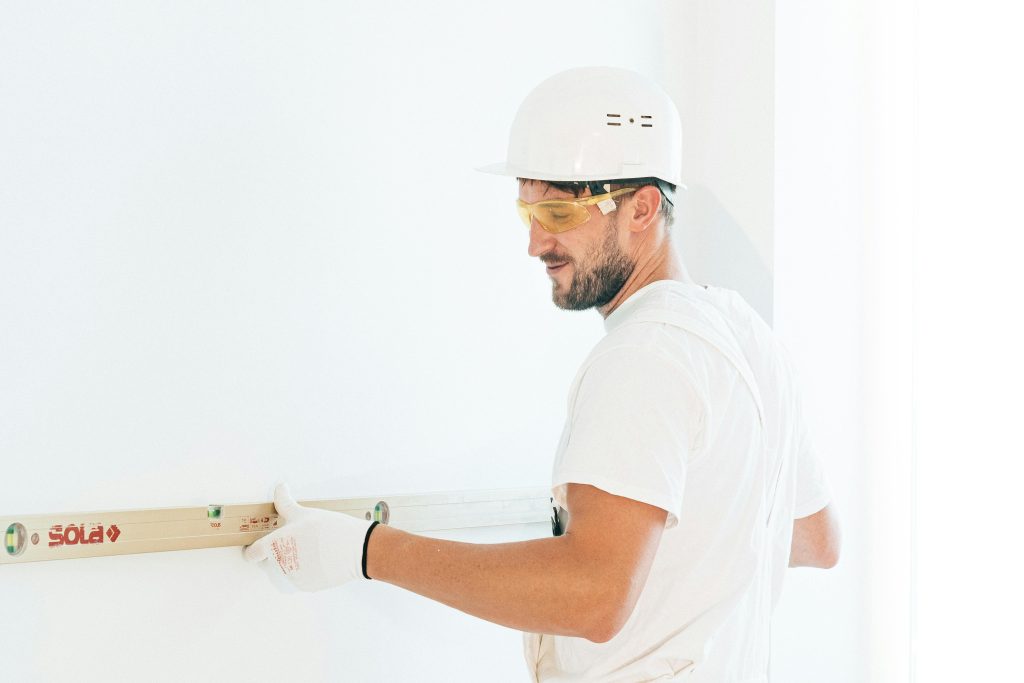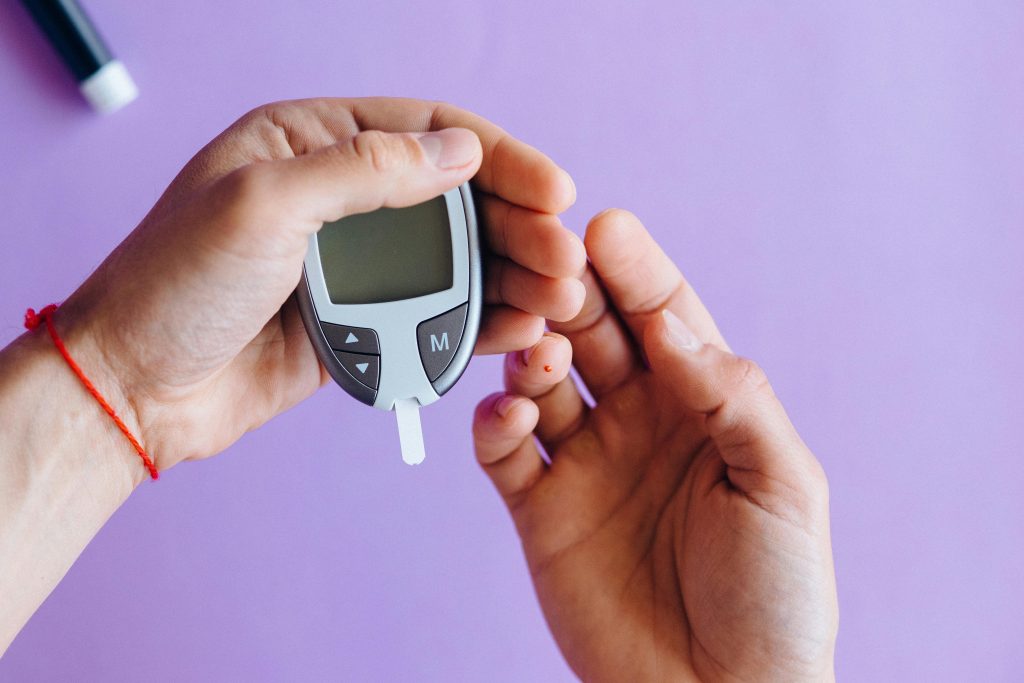Ever stood at the top of a mountain wondering if your watch altimeter was lying to you? “You’re at 8,000 feet!” it says. But is it trying too hard to impress you? Turns out, this isn’t just paranoia—your wearable tech might be fibbing, especially if it hasn’t been calibrated lately. In this post, we’ll dive deep into how to run an altimeter test on your smartwatch and ensure you can trust its readings next time you’re scaling heights (or even just hiking up a hill). Buckle up—we’re ascending straight into accuracy!
Table of Contents
- Why Does Your Watch Altimeter Matter?
- Step-by-Step Guide to the Ultimate Altimeter Test
- Best Practices for Maintaining Accuracy
- Real-World Examples of Successful Tests
- FAQ: Your Top Altimeter Test Questions Answered
Key Takeaways
- An altimeter test ensures your smartwatch delivers accurate altitude data.
- Calibration mistakes are surprisingly common. One bad reading can throw off every other measurement.
- Combine GPS signals with pressure sensors for best results during testing.
- Regular maintenance prevents drift errors from ruining your hikes or flights.
Why Does Your Watch Altimeter Matter?
Picture this: You’ve been training months for that big trek. On summit day, your route splits—one path leads to glory; the other spirals dangerously close to cliffs. Your watch flashes an elevation change alert, but wait—is it correct? This isn’t just about bragging rights; it’s about safety, performance tracking, and avoiding life-threatening miscalculations. If I had a dollar for every time my buddy almost walked off a steep slope because his watch said “flat ahead,” I’d have funded a research lab by now.

Let’s break down why proper calibration through an altimeter test could save more than just pride:
- Safety First: Misjudging elevation can lead to dangerous situations outdoors.
- Training Goals: Tracking ascent/descent metrics helps monitor fitness progress.
- Professional Needs: Pilots and climbers rely heavily on precise altitude measurements.
“Optimist Me:* ‘Just sync the device, and everything will work!’ Grumpy Me: ‘Ugh, fine—but only after triple-checking those sensor settings.’*”
—
Step-by-Step Guide to the Ultimate Altimeter Test
Alright, rugged adventurers, grab your gear—it’s test time. Follow these steps for flawless execution:
Step 1: Choose Two Known Altitudes
Pick two locations where you know the exact elevation beforehand (e.g., landmarks listed online like airports or trailheads).
Step 2: Calibrate Manually First
Before starting, reset your altimeter setting manually using the known base point. Most watches let you input sea-level pressure or set zero altitude.
Step 3: Measure Consistency Across Distances
Move between both points and compare the recorded values against official figures. If discrepancies exceed 50 feet, something’s askew.
Step 4: Cross-Check With GPS Data
Pair your altimeter readings with GPS elevation data. Modern smartwatches blend barometric sensors with satellite positioning for higher precision.
Step 5: Repeat Under Different Conditions
Test in various weather conditions since barometric pressures shift dramatically based on humidity levels. Trust me, nothing screams “scientific rigor” louder than taking notes under a stormy sky.
Fun fact: Did you know pilots often carry backup analog altimeters as part of emergency kits? Now there’s some food for thought when trusting digital gadgets entirely.
—
Best Practices for Maintaining Accuracy
Want to keep your altimeter sharp beyond one-off tests? Here’s how champions roll:
- Daily Calibration: Start each outing with a manual recalibration step.
- Environmental Awareness: Avoid areas prone to rapid air-pressure shifts, like valleys full of fog.
- Firmware Updates: Ensure your firmware is always current. These updates often improve sensor algorithms.
- Battery Health Check: Low batteries mess with sensitive electronics. Replace them regularly.
And here comes the obligatory rant: Why do brands make us jump through hoops for simple calibrations?! Ever tried digging through five nested menus for “sea level adjustment”? Sounds like your laptop fan during a 4K render—whirrrr.
—
Real-World Examples of Successful Tests
To give you perspective, consider Sarah M., an avid climber who tested her Garmin Fenix 6 Pro across Colorado peaks last summer. By conducting weekly altimeter tests, she avoided overestimating her oxygen needs at high altitudes and successfully summited six fourteeners without incident!

Pro-tip from Sarah herself: Always cross-reference tools before committing to decisions in critical environments.
—
FAQ: Your Top Altimeter Test Questions Answered
Q: How often should I perform an altimeter test?
A: Monthly checks under controlled conditions are ideal. Add extra tests before major adventures!
Q: Can temperature affect my altimeter readings?
A: Absolutely. Extreme heat or cold alters internal pressure sensors, leading to skewed outputs.
Q: What’s the worst advice about maintaining altimeters?
A: Assuming your gadget doesn’t need regular upkeep. Remember: No tool works forever unless cared for properly.
—
Conclusion
We’ve scaled quite the mountain today, folks! From understanding the importance of accurate altimetry to mastering the ultimate altimeter test, you now hold the keys to precision-packed adventures. To recap:
- Conduct routine tests to catch drifting calibrations early.
- Use known benchmarks and GPS verification for confidence.
- Mix storytelling quirks with technical savvy—because fun matters!
Like a Tamagotchi, your SEO—and your altimeter—need daily love. Keep tuning those sensors, friends, and happy trails await.
Final Haiku:
Clouds shift, winds whisper,
Numbers dance true once tested.
Sky-bound dreams live long.


